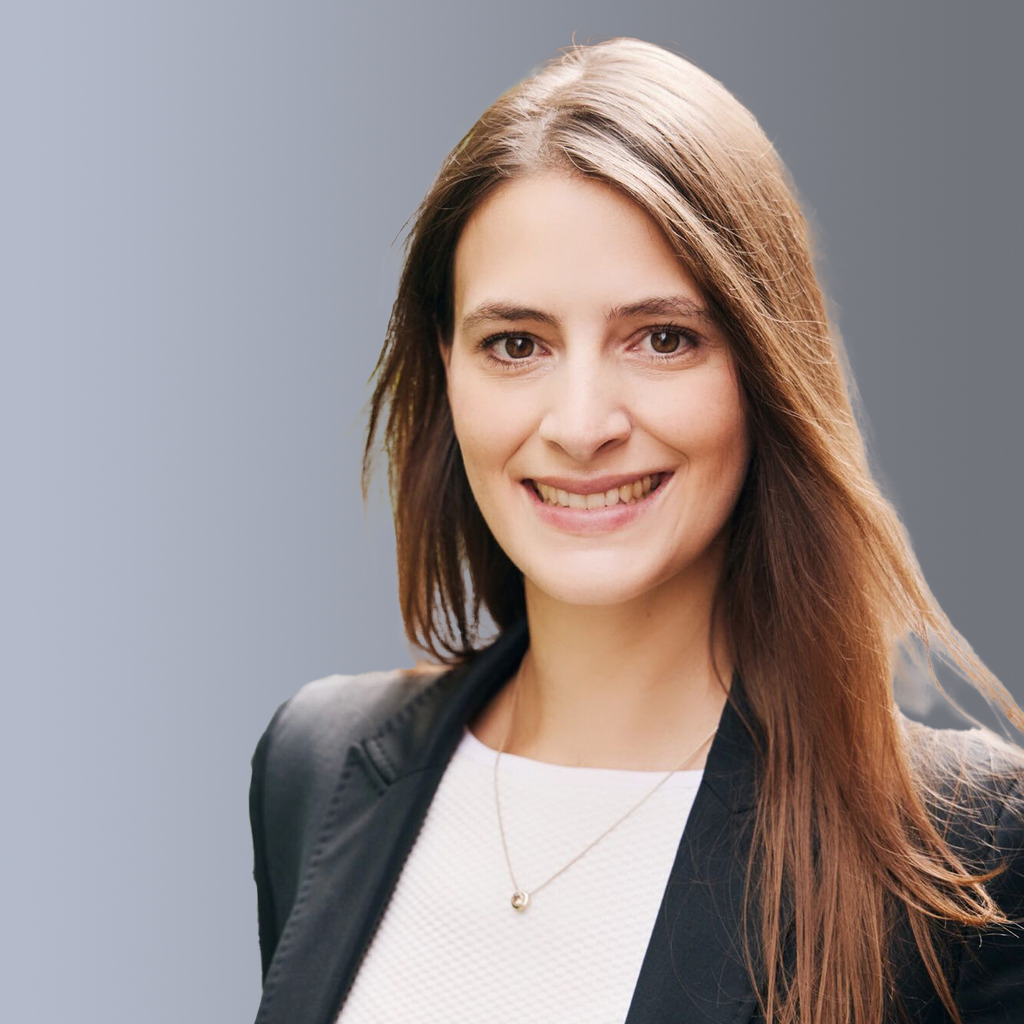From Nobel Recognition to Real-World Impact: How MOFs Are Powering the Fight Against PFAS
The 2025 Nobel Prize in Chemistry has brought the spotlight to a technology with immense potential to transform our world — Metal–Organic Frameworks (MOFs).
The Royal Swedish Academy of Sciences has awarded this year’s prize to Susumu Kitagawa, Richard Robson, and Omar M. Yaghi “for the development of metal–organic frameworks.” Their pioneering work has opened new frontiers in clean energy, catalysis, and environmental purification — and is now reshaping the fight against PFAS, the persistent “forever chemicals” that threaten global water systems.
Why MOFs Matter in the Battle Against PFAS
MOFs are crystalline, sponge-like materials made up of metal ions and organic linkers that create a highly porous 3D network. This structure gives MOFs a massive surface area and unparalleled tunability, allowing scientists to design materials for very specific functions — including the capture, separation, or breakdown of pollutants.
In the context of PFAS remediation, MOFs offer several unique advantages:
- Selective adsorption: Tailored pore sizes and chemical properties enable MOFs to target PFAS molecules effectively.
- Water stability: Unlike many other advanced materials, MOFs can maintain structural integrity in aqueous environments.
- Reusability: Their potential for regeneration makes them a sustainable option for large-scale water treatment systems.
These characteristics make MOFs one of the most promising tools for PFAS removal and environmental purification— bridging the gap between chemistry research and real-world application.
PFASuiki’s Connection: From Research to Real-World Application
At PFASuiki, our mission is clear: to make PFAS contamination a thing of the past.
Our Head of Technology, Nebojsa Ilic, explored MOF materials for PFAS removal during his PhD at the Technical University of Munich. His research, published in Advanced Materials (Wiley, 2024), offered fundamental insights into how PFAS molecules interact with MOFs — and how post-synthetic modifications can enhance their stability, adsorption capacity, and regenerability.
Building on this foundation, PFASuiki is developing a novel electrochemical oxidation technology — a next-generation PFAS destruction platform that complements advanced adsorption materials like MOFs. By combining materials innovation with applied electrochemistry, we’re closing the loop between PFAS capture and complete mineralization.
A Nobel Moment for the Planet
This year’s Nobel recognition for MOFs is more than a milestone in chemistry — it’s a signal that advanced materials science is central to solving global environmental challenges.
At PFASuiki, we’re proud to be part of this momentum. Our work continues to build on these scientific breakthroughs, transforming them into scalable, sustainable PFAS treatment solutions for industries, municipalities, and communities worldwide.
The future of clean water technology isn’t theoretical — it’s being built, atom by atom.
Let’s break the chains of PFAS together. 💧


.png)


